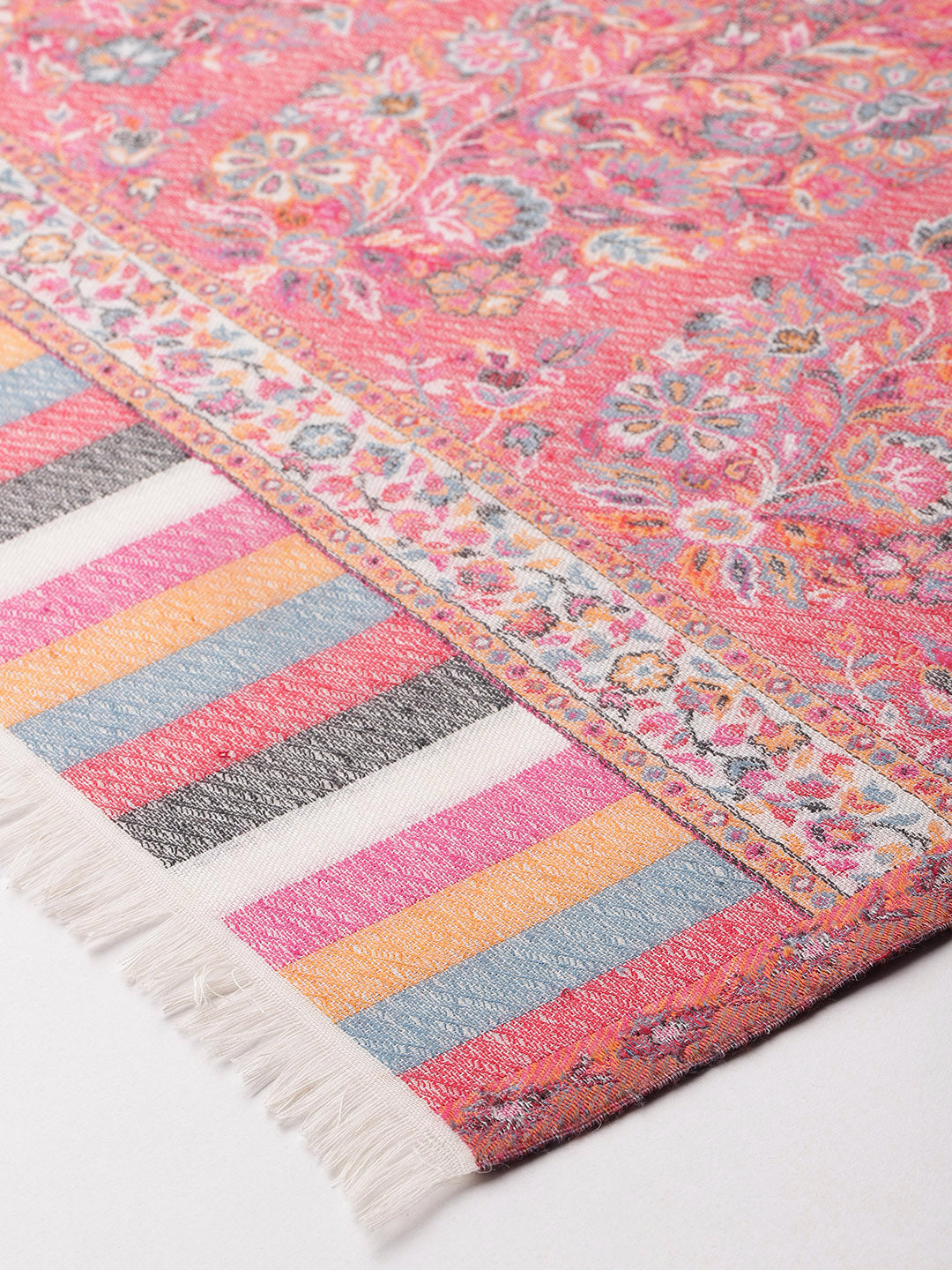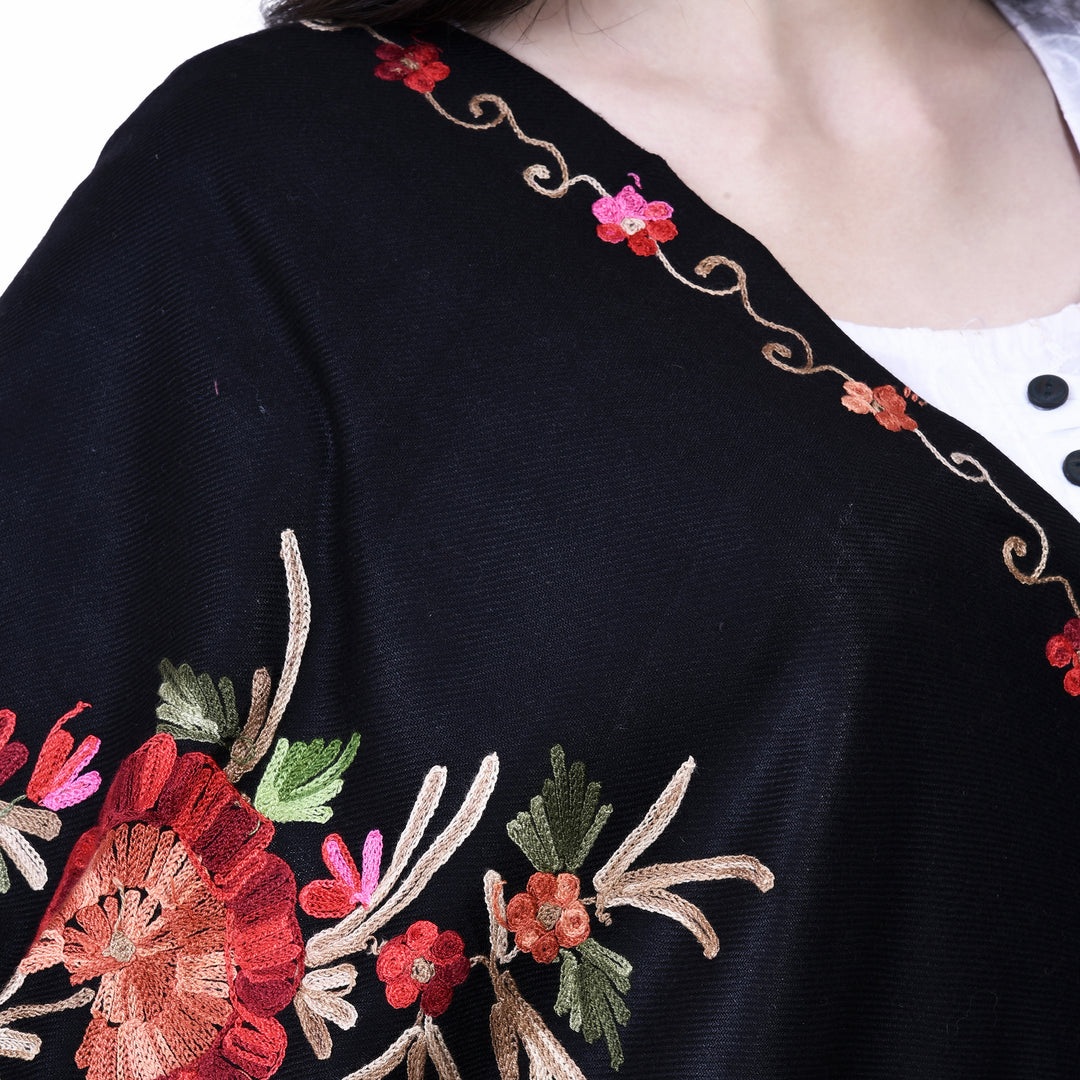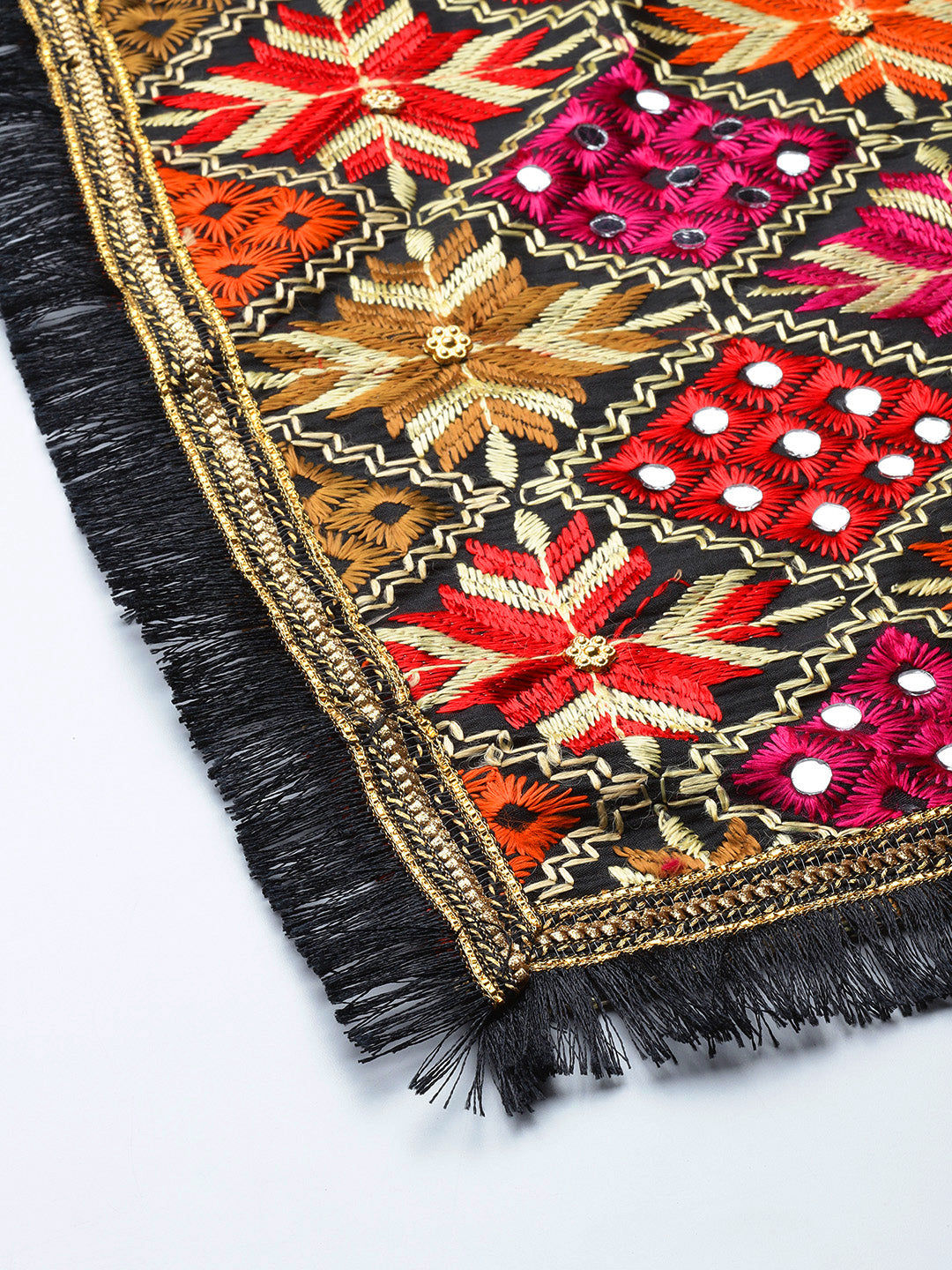Inception of Shawls
Shawls have their roots deep into the breathtaking valleys of Kashmir. Zain-Ul-Ahadin has been said to have introduced the art of weaving to the artisans of this valley in the 14th century. Since then shawls have been considered as a mark of royalty. This stately fabric was worn loosely around the upper body by kings and queens and caught the attention of the British elite. The word Cashmere came into being when foreigners couldn’t articulate the word ‘Kashmir’. A shawl was the most revered gift given by the royal families to their guests from overseas.

Shawls are woven both by hand and machine. The most sought-after material out of all is ‘pashmina’ and is highly popular due to its gossamer fineness. Its wool is procured from the pashmina or changthangi goat. These are found only at high altitudes of the Himalayan region and have a thick coat of this unique fur(pashm) to survive the inclement weather conditions. These are extremely fine strands of wool. The fibre is stuck to thorny bushes while they are meandering and is picked by the locals. The residents also sheer the yarn when the cold winter phase passes. Once the raw material has been collected, it is woven by hand due to is its extreme delicacy. It is then made into shawls, scarves, stoles, etc. Pashmina is a legacy of Kashmir, and almost every household in this region is associated with this product. It is light-weight, incredibly soft and keeps you warm even in extreme weather conditions.
Another of the rich traditional handicraft of Kashmir is Kani, known for its complex weaves. The Mughals were said to be very fond of it. They are richly woven fabrics with the floral beauty of Kashmir delicately crafted into them. Kani is known for its vibrant hues and the spellbinding craftsmanship.











Leave a comment